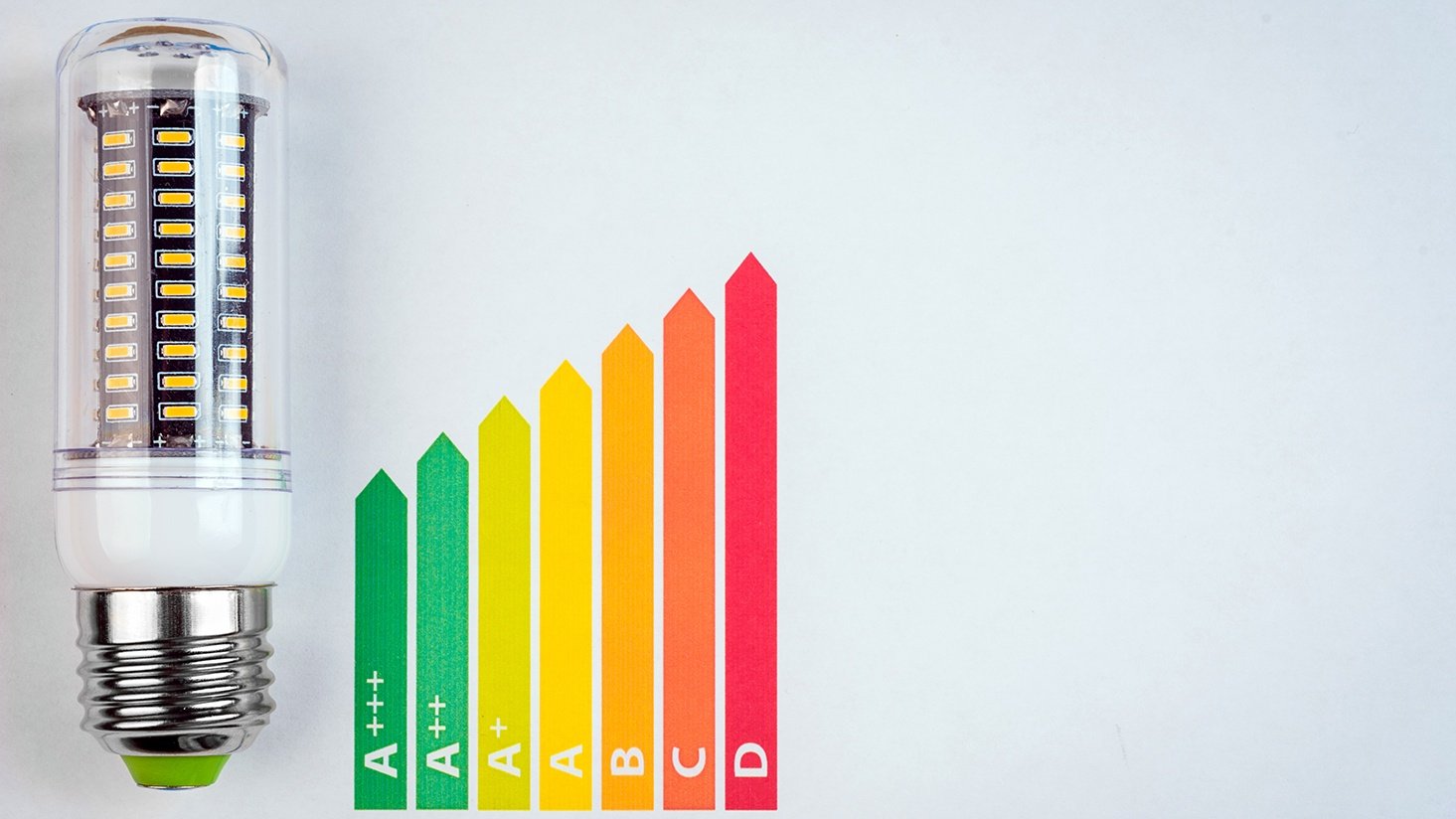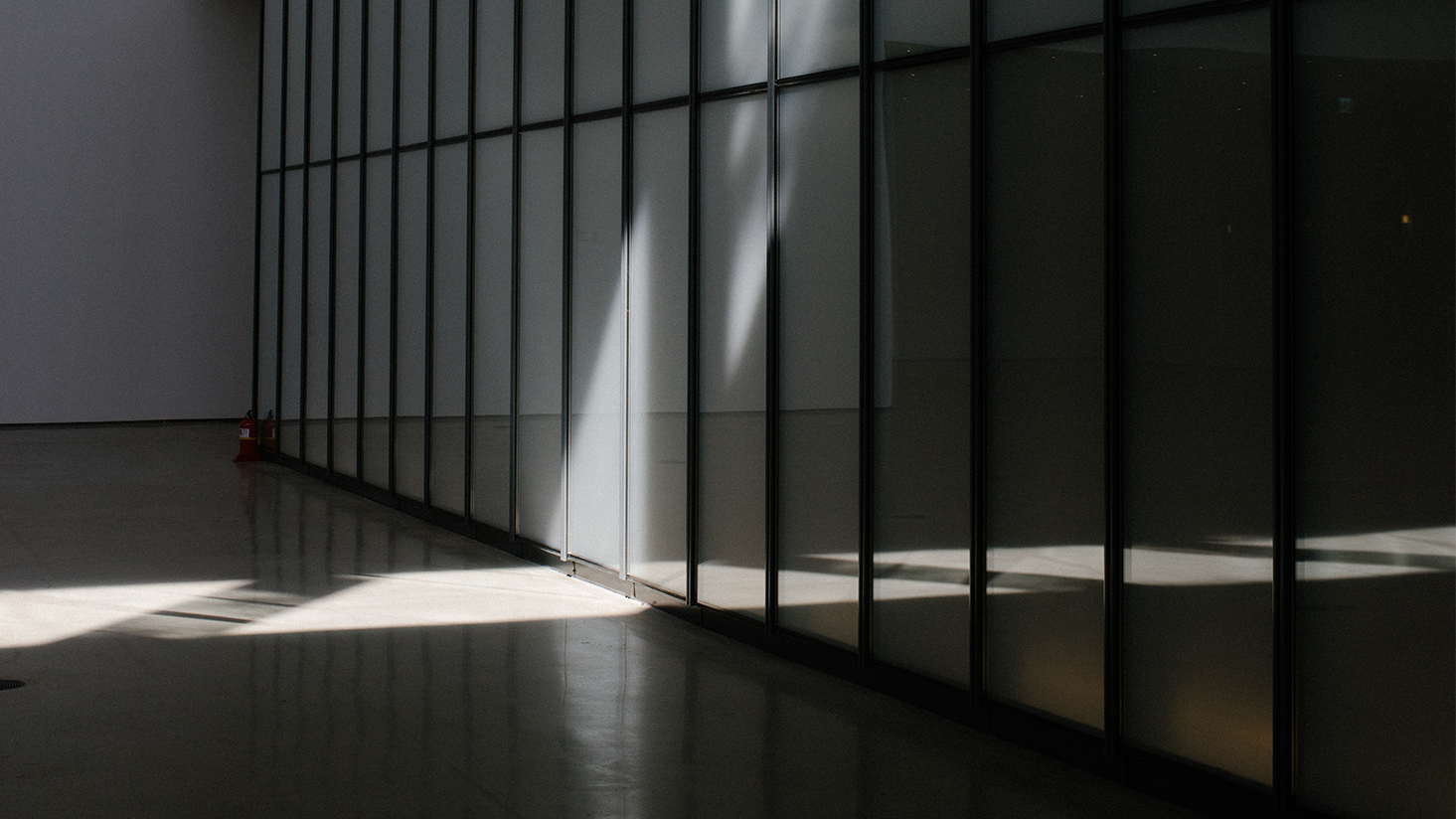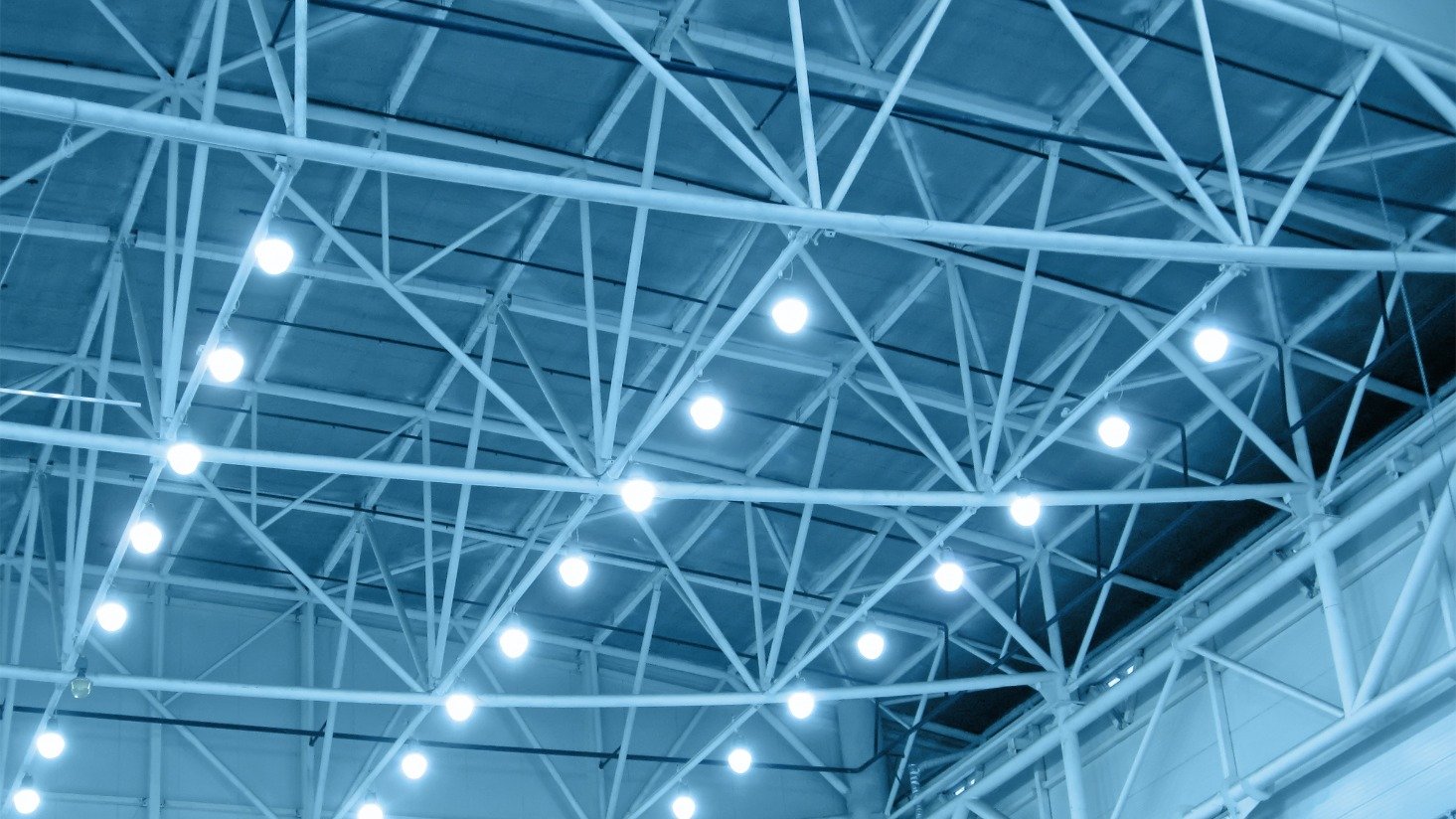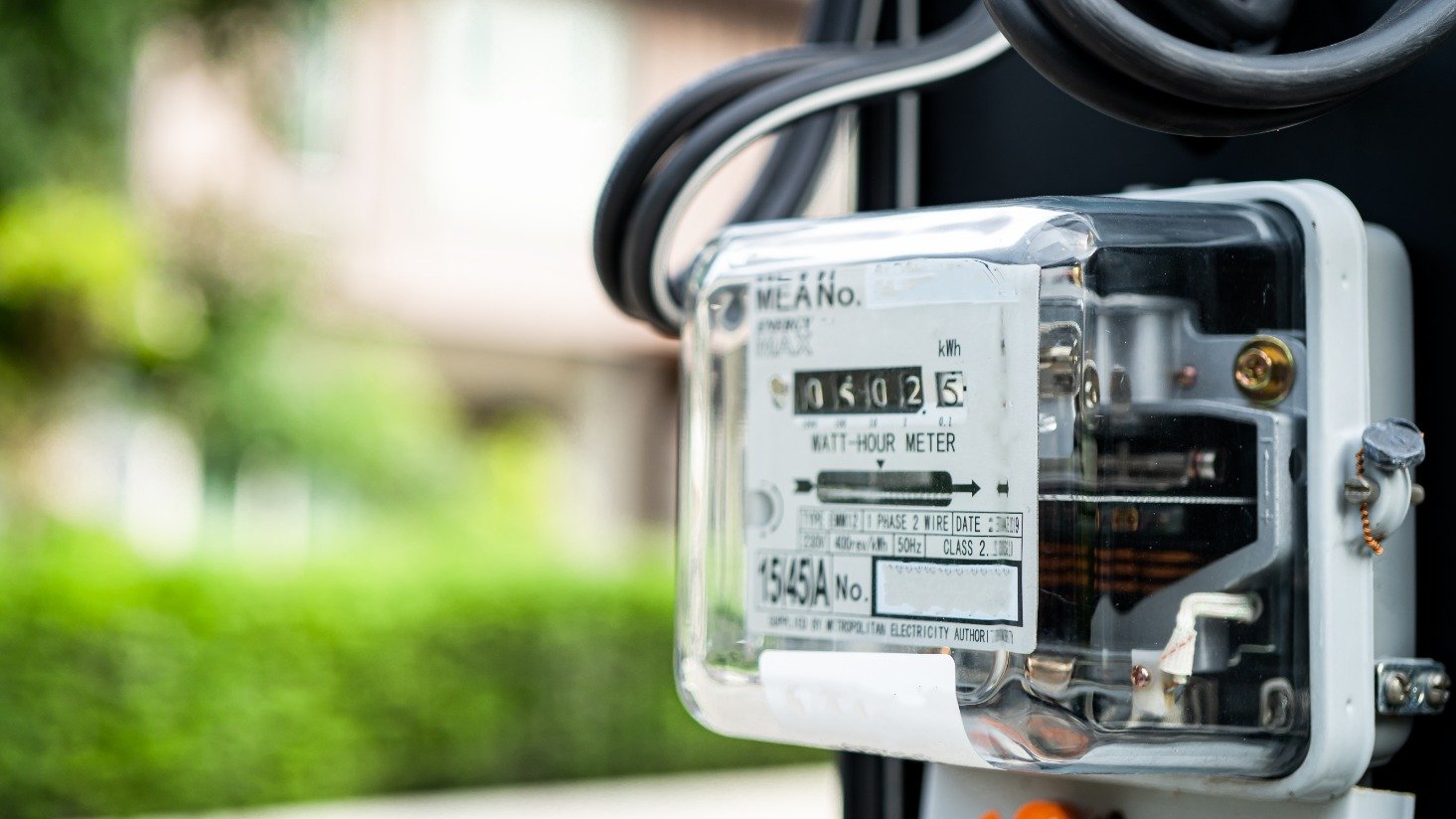Focus on delivered lumens and footcandles, not just lumens, to increase brightness

When reading a lighting label or cut sheet for a lighting product, lumen count may seem to be the main metric for measuring the potential of a lighting product to produce brightness. But this metric doesn't tell you everything. A high volume of lumens does not automatically equal brightness in your space. There are several other factors that will impact the end result.
Let's back up before we go too much further and briefly define lumens.
What are lumens?
As defined in our downloadable lighting glossary, lumens (lm) are "a unit of luminous flux." Lumens are "the overall light output or quantity of light produced."
Here's the thing: if you have an omnidirectional lamp, like an A lamp or fluorescent tube, not all of the product's lumens will be illuminating your space. Some will be traveling upward, toward the ceiling. Some will be cast sideways, parallel with the ceiling. And some portion of light will actually reach the work surface or product on display.
So lumens aren't the real metric that will tell you how bright your space will be. Looking at this metric will only tell you how much total light a specific light bulb or fixture is producing.
If you're going for brightness, delivered lumens to the surface is the metric you should be focused on.
How do you ensure you've chosen a lighting product that will help you to meet this goal? Here are the metrics that will affect the brightness of your space:
- Candelas
- Footcandles (fc)
- Lux
- Beam angle
- Beam spread
- Illuminance
- Center beam candlepower (CBCP)
- Correlated Color Temperature (CCT)
Let's go over each of them.
What are candelas?
In a word, candelas are candlepower. In a sentence, a candela is the unit of luminous intensity (candlepower) of a light source in a specific direction. One candela is approximately the same amount of light produced by an ordinary candle. When compared with lumens, candelas are a metric for the intensity of the light generated by a lamp.
What are footcandles?
In lighting, footcandles are a unit of illuminance equal to 1 lumen per square foot of surface. Really, footcandles are an indirect measure of delivered lumens. If a lighting product can put out 1,000 lumens, how many of those lumens actually arrive to particular square foot of space to illuminate it? The answer can be quantified by footcandles.
What is lux?
Simply put: a lux is a very similar measurement to the footcandle, it's just a measurement of lumens over a square meter rather than over a square foot (footcandles). A lux is equal to 1 lumen per square meter of surface. Footcandles are to the imperial system what lux are to the metric system.
What is illuminance?
Illuminance is "light arriving at a surface, expressed in lumens per unit area." In other words, illuminance is the general idwea behind footcandles and lux. One lumen per square foot equals one footcandle, while one lumen per square meter equals one lux. Both of these units measure an area's illuminance, just as both miles and kilometers measure distance.
What is beam angle?
Beam angle is defined as the angle of light emitted from a lamp. The angle is measured between two directions for which the light intensity (candlepower) is 50 percent of maximum intensity. The wider the beam angle, the less intense the light. A PAR 38 has a relatively narrow beam angle, while an A19 has a wide angle.
What is beam spread?
If beam angle is the angle lumens are emitted from a light source, beam spread is the range of the surface illuminated, expressed in distance. To calculate beam spread, multiply beam angle by 0.18 by distance of surface from light source. Beam spread does not account for field spread – the outmost area illuminated by a light source.
What is center beam candlepower?
Center beam candlepower is the intensity of light at the center of a reflector lamp beam (expressed in candelas). This is an important measurement when you're aiming lighting in a specific direction, as it measures the concentration of the light to the center of the beam. Flashlights have a high CBCP while fluorescent tubes do not.
What is correlated color temperature (CCT)?
Correlated color temperature (CCT or just color temperature) gauges how yellow or blue light appears. It’s measured in Kelvin and usually falls in a range between 2200 and 6500 Kelvin degrees. Warm light sources have low color temperatures (2200-3000K), featuring red, orange, and yellow colors. Cool light sources have high color temperatures (>4000K) and feature blue light.
Looking for more on color temperature? Check out our post, 'What is correlated color temperature and how do you choose it for your lighting?'
How bright is your space? What metrics matter?
That's a lot of information. How does it all work together? Good question. I'll try to explain it.
(Note: all of the terms defined above will be boldfaced and italicized when mentioned below to help in understanding how the above terms work together.)
Delivered lumens (illuminance) is influenced by the beam angle of a particular lamp. If you have two lamps producing the same amount of lumens but different beam angles, the center beam candlepower (CBCP) will be higher for the more narrow beam angle. But how do you know how much light reaches your product or work surface? There are two general ways to measure delivered lumens, or illuminance. Those two measurements are footcandles and lux. The former, footcandles, are the unit used in the U.S. Footcandles are defined as lumens per square foot. Lux is the lighting equivalent of a metric system measurement, as it's used most everywhere except the U.S. Lux is defined as lumens per square meter. As a rule of thumb, one footcandle is equivalent to 10 lux. As a side note, people sometimes perceive warm color lighting products (with low correlated color temperatures) as less bright than products with cooler temperature products.
So if you're wanting to brighten your space, when it comes to choosing a product, think about more than just the lumens the product carries. Consider all of the above. How will the product's beam angle affect the illuminance of the space? Will it brighten the specific area you're looking to light? Will a product with a warm CCT make your space feel less bright than you wish? To measure illuminance in footcandles or lux, you'll need a light meter.
Here's the bottom line: it's important to look beyond lumens when you're choosing products. Mock up your project ahead of time by working with your commercial lighting distributor or lighting designer. And work with a lighting expert to ensure you accomplish your goals as you seek to optimally light your space.











